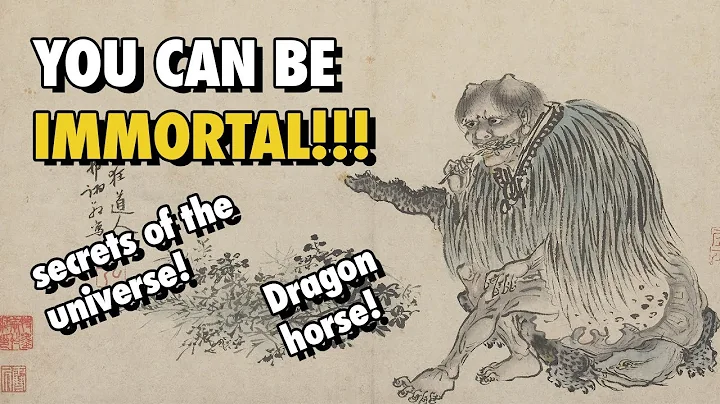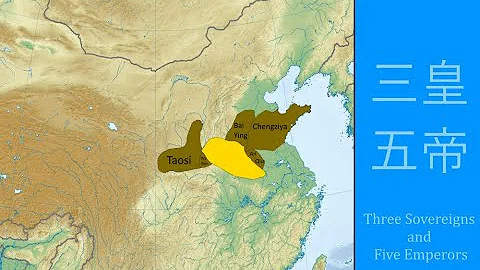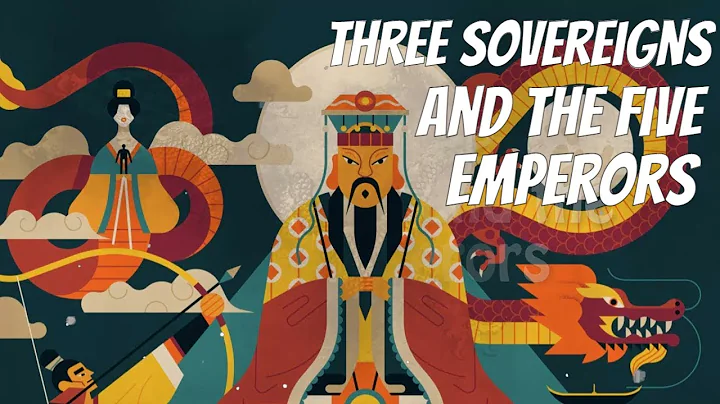We know that the word "emperor" originated from the Qin Dynasty and was created by Qin Shihuang , also known as " the First Emperor ". So where did the Three Sovereigns and Five Emperors come from in our Chinese history?
The Three Sovereigns and Five Emperors are not real emperors. They refer to the tribal leaders or tribal alliance leaders who appeared in the middle and late primitive society and made outstanding contributions to mankind. Later generations honor them as emperors or emperors.
The Three Emperors refer to Suiren ( Suihuang), Fuxi (Xihuang), and Shennong (Nonghuang); the Five Emperors refer to Huangdi, Zhuanxu (zhuanxu), Emperor Ku (ku), Yao, and Shun. They have made great contributions to the Chinese nation and even mankind.
Suiren: Suiren is a figure from the ancient Chinese people. His greatest contribution was the invention of fire and teaching people how to use fire.

Suiren makes fire
Fuxi: Fuxi is the founder of Chinese national humanities. His main contributions include creating Bagua, teaching people to make nets for fishing and hunting, creating writing, and inventing musical instruments such as pottery xun and zither. .

Fuxi Bagua
Shen Nong: Shennong is also known as the Yan Emperor and the Red Emperor. According to legend, he was the inventor of agriculture and medicine. He is best known as "Shen Nong tasted hundreds of herbs" and discovered medicinal materials to teach people to cure diseases.

神农 tasted a hundred herbs
黄帝: The most outstanding contribution of the Yellow Emperor was to defeat Chiyou and Emperor Yan and unify the tribes in the Central Plains. In addition, the Yellow Emperor measured the area of the fields with his feet, invented the land-acre system, and solved the people's conflicts over farmland.

Huangdi
Zhuanxu: Zhuanxu is the grandson of Huangdi, also known as Emperor Xuan. His most important contribution is the invention of and Zhuanxu calendar . During the Qin and Han Dynasties, people used the Zhuanxu calendar, which was later transformed by Sima Qian and others into the Taichu calendar and the Santong calendar. Zhuanxu also created Kyushu, further ensuring the unity of the Chinese nation.

Zhuanxu calendar
Emperor Ku: Emperor Ku is the great-grandson of Huangdi and Zhuanxu’s nephew. His main contribution was to divide the four seasons and twenty-four seasons to guide people's agricultural and livestock activities. Emperor Ku governed the country with benevolence, loved others, and was especially known for his integrity.

Live and work in peace and contentment
Yao: Legend has it that Yao was the son of Emperor Ku and the fifth grandson of the Yellow Emperor. Yao's era was the legendary flood period, and Yao's greatest contribution was to control floods. In addition, Yao also formulated a calendar to follow for agricultural production.

Yao
Shun: After Shun succeeded Yao to the throne, floods continued to occur. Shun advocated relying on human power to transform mountains and rivers and control floods, and achieved outstanding results. At the same time, Shun implemented moral rule and appointed talents, so that the people of the world lived and worked in peace and contentment, and the country prospered.

shun





















